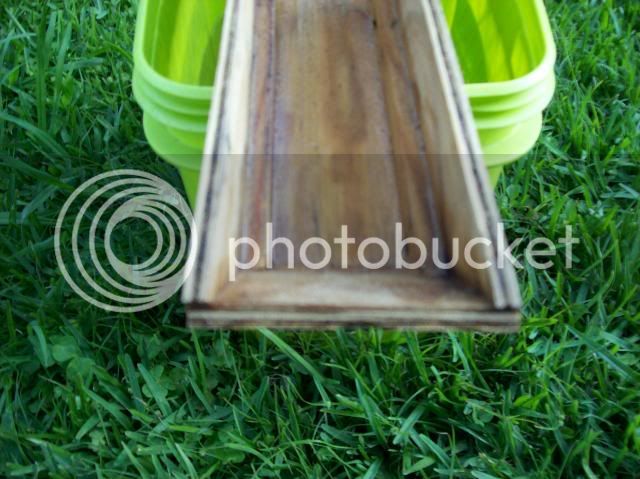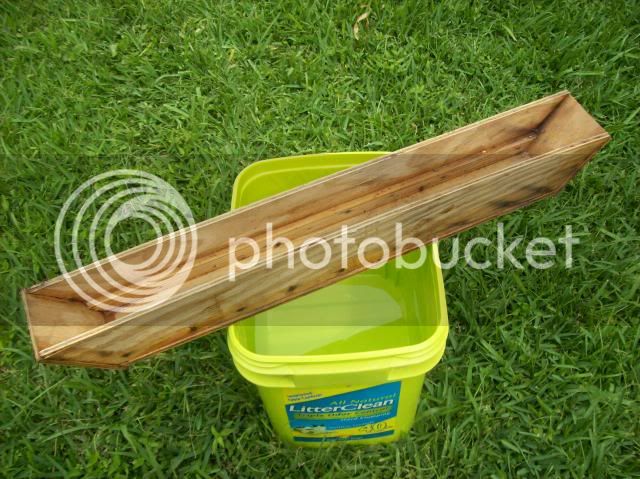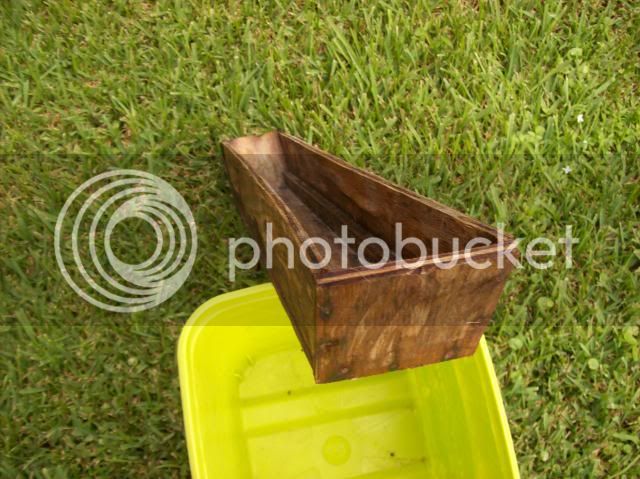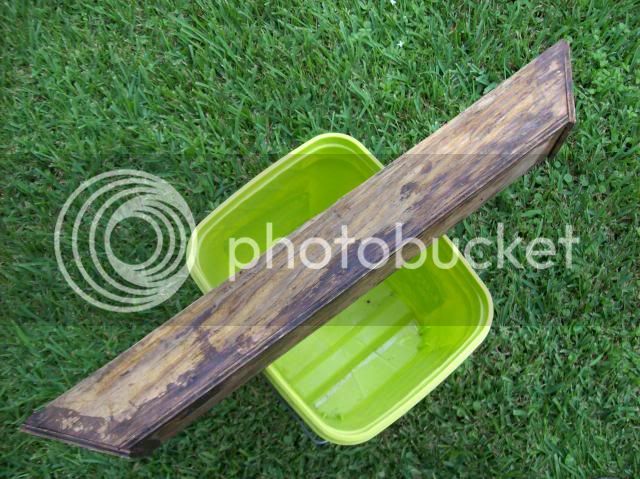Ok fellas, let's not go to the "which plywood is the best" zone. It's not about best or worst, it's about what's serviceable for the job at hand.
Before I sold it, I put a new bottom on the aluminum sided pirogue. It was sanded pine with an exposure 1 rating. I've been doing a lot of research on the differences between exposure 1 ( as in CDX), exterior plywood and marine plywood. All 3 have WBP glue----water boil proof. By the way, I found out the X in CDX stands for exposure..not exterior.The main difference lies in the way the inner plies are put together. Exposure 1 ply allows more knots, splits and voids than exterior ply so it isn't rated for continuous exposure. Marine ply is much more stringent about defects in the inner and outer plies. Still, marine ply DOES allow SOME deffects......football patches, closed knots and limited voids up to 1/8".
Now, marine ply is not rot proof. Douglas fir, meranti and okume will rot if it stays wet. Voids in the inner plies can absorb water through unprotected edges.
Having said all of that, I have yet another experiment going on. I made a 2ft model of a square ended boat out of the scrap sanded plywood. I nailed the small chines in with tiny steel nails and sealed all edges but the gunnel edges with Titebond III glue. The flat faces of the panels are raw wood. I have been soaking and drying the model for several days to test for water intrusion. Soaked half way in a bucket all night and allowed to dry in the sun all day. Went through about 5 cycles so far. I even trained a hair drier (180 degrees) directly on one of the joints at a distance of 1/2" for 5 minutes. Nothing....nada.
So far.....no decernable change other than the steel nails bleeding into the surrounding wood. One good thing about this pine ply is that the outer plies are about twice the thickness of those of marine okume.
Not making any rash judgements but, this stuff looks encouraging for a quicky pirogue build. A good epoxy saturation of the edges and a few coats of decent paint and I think this stuff will make a decent boat. If I'm not mistaken, beekeepers boats have been made with similar stuff and have held up well.
I'm also doing another experiment that will surely start some tongues wagging. :twisted: More on that later .
Before I sold it, I put a new bottom on the aluminum sided pirogue. It was sanded pine with an exposure 1 rating. I've been doing a lot of research on the differences between exposure 1 ( as in CDX), exterior plywood and marine plywood. All 3 have WBP glue----water boil proof. By the way, I found out the X in CDX stands for exposure..not exterior.The main difference lies in the way the inner plies are put together. Exposure 1 ply allows more knots, splits and voids than exterior ply so it isn't rated for continuous exposure. Marine ply is much more stringent about defects in the inner and outer plies. Still, marine ply DOES allow SOME deffects......football patches, closed knots and limited voids up to 1/8".
Now, marine ply is not rot proof. Douglas fir, meranti and okume will rot if it stays wet. Voids in the inner plies can absorb water through unprotected edges.
Having said all of that, I have yet another experiment going on. I made a 2ft model of a square ended boat out of the scrap sanded plywood. I nailed the small chines in with tiny steel nails and sealed all edges but the gunnel edges with Titebond III glue. The flat faces of the panels are raw wood. I have been soaking and drying the model for several days to test for water intrusion. Soaked half way in a bucket all night and allowed to dry in the sun all day. Went through about 5 cycles so far. I even trained a hair drier (180 degrees) directly on one of the joints at a distance of 1/2" for 5 minutes. Nothing....nada.
So far.....no decernable change other than the steel nails bleeding into the surrounding wood. One good thing about this pine ply is that the outer plies are about twice the thickness of those of marine okume.
Not making any rash judgements but, this stuff looks encouraging for a quicky pirogue build. A good epoxy saturation of the edges and a few coats of decent paint and I think this stuff will make a decent boat. If I'm not mistaken, beekeepers boats have been made with similar stuff and have held up well.
I'm also doing another experiment that will surely start some tongues wagging. :twisted: More on that later .





